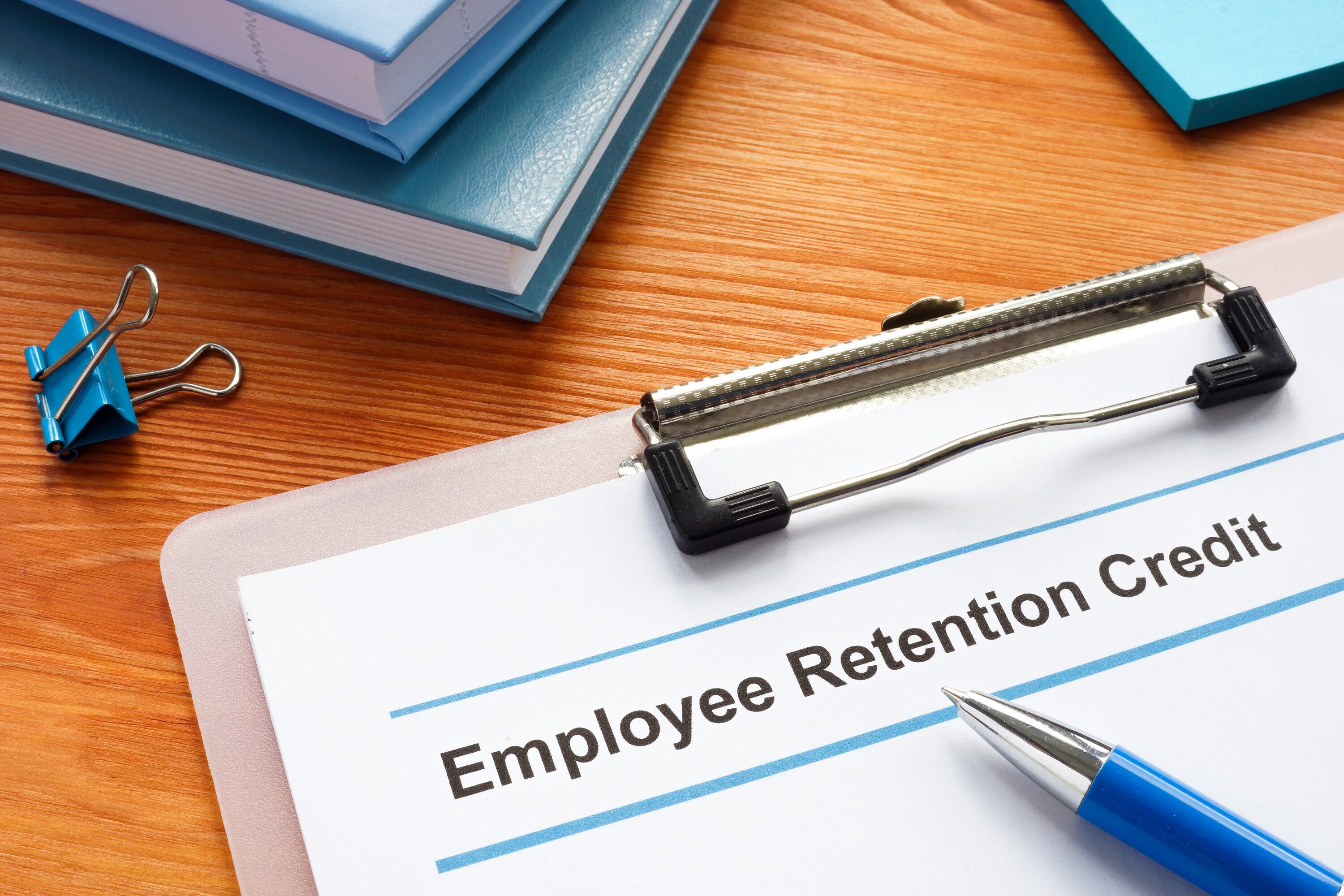Planning to Return to the Office?
Lockdown restrictions are lifting and in-person offices are feasible once more. But the news is being handled differently from one company to the next. Business owners need to consider what their workers want before they start planning for how — or whether — they will return to a physical office.
Three recent surveys show that most workers do not want to return to the workplace full time:
- A Gallup survey showed that 44% of workers want to continue working remotely once restrictions are lifted and 39% want to return to the office.
- A LiveCareer survey showed that 29% of working professionals say they would quit their jobs if they could not continue working remotely.
- A JLL survey found that 25% of workers hope to return to the office full time while 50% want to continue working remotely at least three days per week.
While these statistics vary, they all indicate that most do not wish to return to the workplace full time.
However, choosing a model for the new office probably will not be an all-or-nothing deal for every company. Some are finding that they have three types of employees: (1) in-house workers, whose jobs require them to be on-site; (2) remote workers, whose jobs will stay remote indefinitely; and (3) workers whose jobs allow them the flexibility to work either in-house or remotely. Putting people in the category that best relates to their job is fairly straightforward.
Companies with more than one category of worker face unique challenges. These companies must create policies and procedures that accommodate the many issues that arise in conjunction with a flexible (hybrid) workplace. For example:
- Fair and equitable treatment of in-house and hybrid workers who perform the same job function. This encompasses topics like ensuring both groups have the same access to training and promotions. Remote workers fear that workers who have in-person time with company leaders will be more likely to see their careers progress. Leaders will need to be trained on how to assess team members in a hybrid workforce.
- Understanding that there are instances when one group is going above and beyond and should be rewarded for it. Some businesses are giving bonuses to workers who were on-site during the pandemic lockdown. For example, in 2020, Wells Fargo Bank announced that all its full-time U.S. employees making less than $100,000 a year would receive a pretax payment of $600, part-time employees would get a $300 bonus and frontline employees would get an additional $200 per pay period for up to five pay periods.
- Having a detailed plan for what the office environment will look like when workers return. These plans need to reflect workers’ hopes and worries. Among the concerns are spacing of desks, office cleaning and work schedules.
Some things will return to the way they were before the pandemic, but many will not. The workplace is one of the things that will not go back to what it was. Even in workplaces where employees are in-house, there will be changes, even if they are small ones such as having hand sanitizer stations.
The good thing is that there is no hard deadline for bringing workers back, leaving company leaders time to plan for a successful return.






Reply a Comment